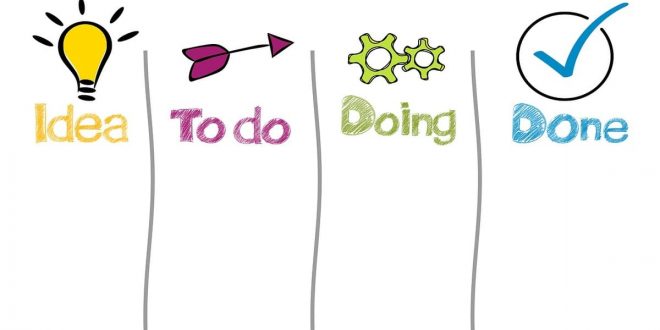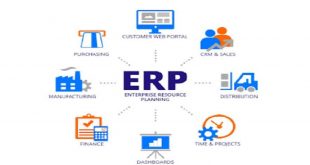ERP evolution in inventory management control developed in the 1960 s and has become essential today. Enterprise Resource Management or ERP is software that automates business processes, including inventory management control. Here is the history of how ERP came to be the potent system it is today.
Before ERPs: The Birth of MRPs
The Gartner Group coined the term ERP in the 1990s. However, enterprise resource planning systems have their roots in the manufacturing industry in the 1960s. At that time, manufacturers required a better way to organize, manage, and control their inventories. Thus, to suit their demands, engineers developed basic software solutions known as MRP (Material Requirements Planning) systems.
MRPs assisted manufacturers in keeping track of inventories, reconciling accounts, and performing basic manufacturing, purchasing, and delivery activities. Throughout the 1970s, as more manufacturers began to use MRP systems, the systems also became more sophisticated.
By the 1980s, the MRP systems had evolved into MRP II. The original MRP systems underwent advancements and integrations to include more manufacturing processes. This resulted in the newer MRP II systems, which were better suited to handle scheduling and production procedures.
The Emergence of the True ERP
ERP evolution in inventory management control developed in the 1990s. New departments and activities, such as accounting, finance, and sales, were added to the ERP systems. Meanwhile, the core inventory control and manufacturing procedures from the previous generations were also improved. By combining numerous processes and departments into one system, this first true ERP system set the foundation for modern ERP.
The use of the internet in ERP for inventory management began in the 2000s with ERP II. It enabled ERP to interact with other application suites, such as by integrating with Customer Relationship Management (CRM) systems. Getting information utilizing internet web browsers and mobile devices, which makes inventory management easier.
The 2010s started seeing the cloud system integrated into the ERP. Software as a service (SaaS) emerged as a model for delivering business applications. For distributing ERP software in the SaaS paradigm, Android, iOS, and web applications are developed.
Because the upfront cost of cloud ERP systems is relatively low, this advancement has enabled organizations of all sizes in implementing ERP systems. Previously, only larger corporations can use ERP due to its high installment cost. ERP evolution in inventory management control developed in the 2010s with the cloud system has opened the door for smaller organizations. (pc)
 Imaxshift.com : Insurance, Finance, Technology & Gadget Blog
Imaxshift.com : Insurance, Finance, Technology & Gadget Blog



